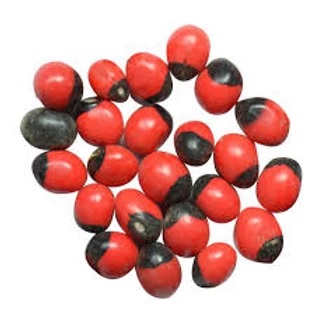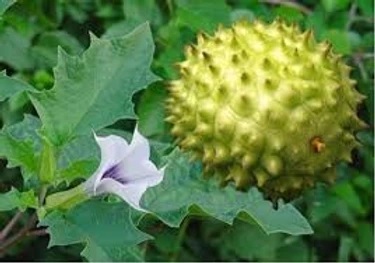It is cited in the treatises of Ayurveda that by the use of proper method of processing, viṣh (poison) can be converted into amṛta (nectar) and on other hand on adoption of inappropriate methods, nontoxic materials can become toxic.
The methodolgy is called ‘Shodhana’ or the process of purification. As in the table below, most of the toxic plants are rendered pure for medication purposes using primarily Gomutra (desi cow’s urine) and Godugdha (desi cow’s milk) among others.


It has been reported that Gomūtra converts Aconite (above) to a compound with cardiac stimulant property, whereas, raw Aconite showed cardiac depressant properties. Śhodhana by both Gomūtra and Godugdha makes Aconite devoid of cardiac and neuro–muscular toxic effects without affecting its antipyretic activity.

Since ancient times, Gunja has been used as fish poison, arrow poison and also for criminal purposes of poisoning both humans and cattle. In Śodhana of Guñjā seeds, they are subjected to the svedana (sweating) with Godugdha. HPLC study of the Guñjā extract before and after the Śodhana process showed that the level of toxic hypaphorine decreases, whereas the less toxic alkaloid abrine increases.

Dhattūra seeds are highly toxic and may be fatal, due to the presence of alkaloids in them. The fruit is favorite of Lord Shiva, and is purified using Gaumutra and Godugdha making it a very potent medicine for treating various diseases. Reduction in total alkaloid content and increase in total protein content of seed were observed after Śhodhana. Studies have shown that the toxic constituents are transferred into media (Gomutra, Godugdha and Goghrita etc) rendering the drug nontoxic. Specific media from desi cows have definitely an important role in making a drug act without causing side-effects/adverse effects.
